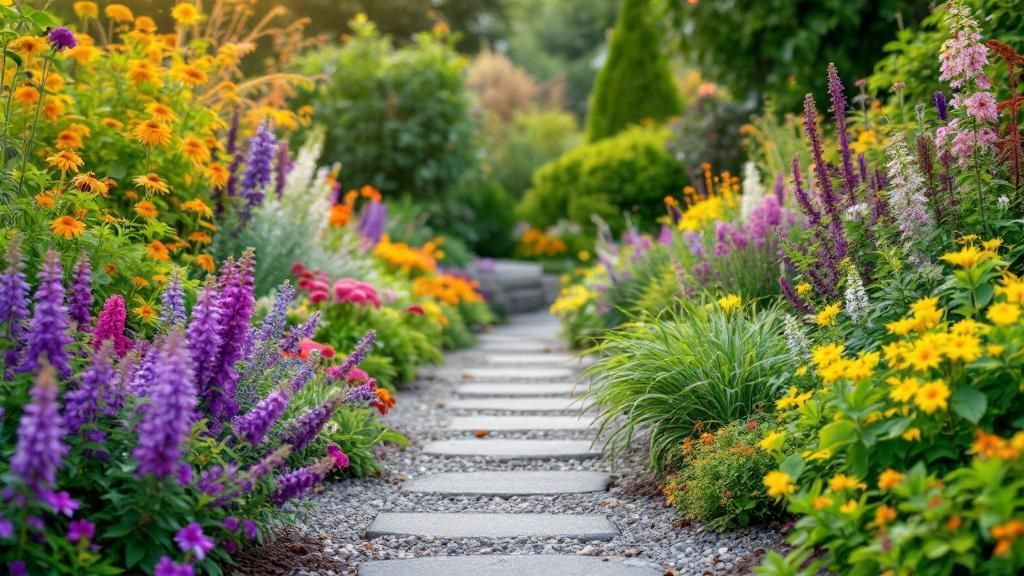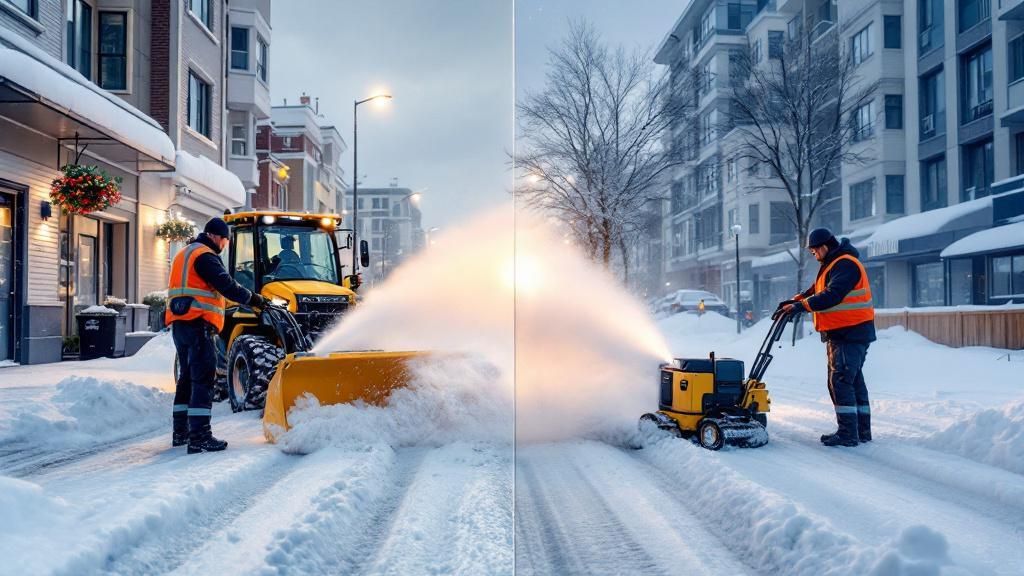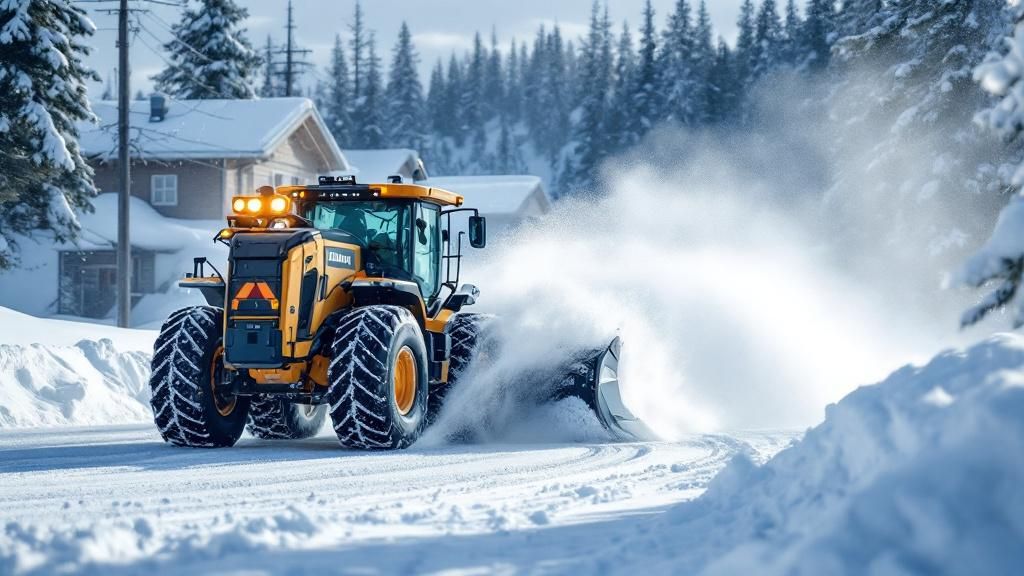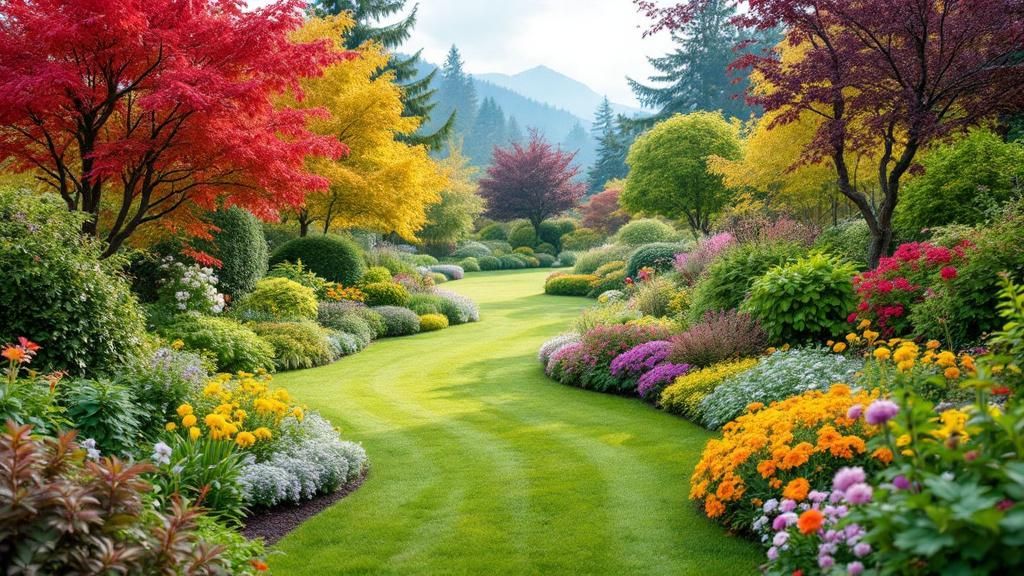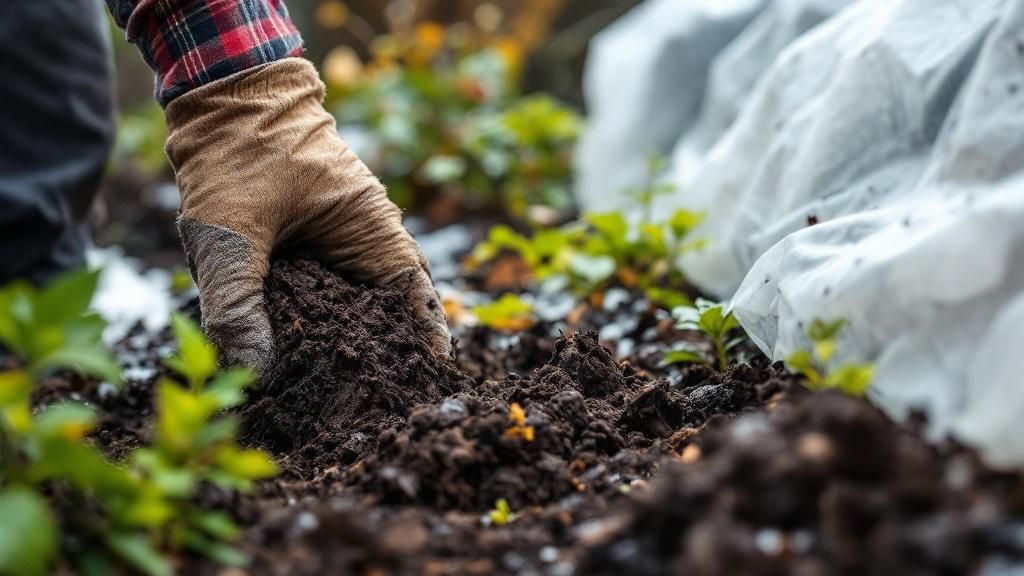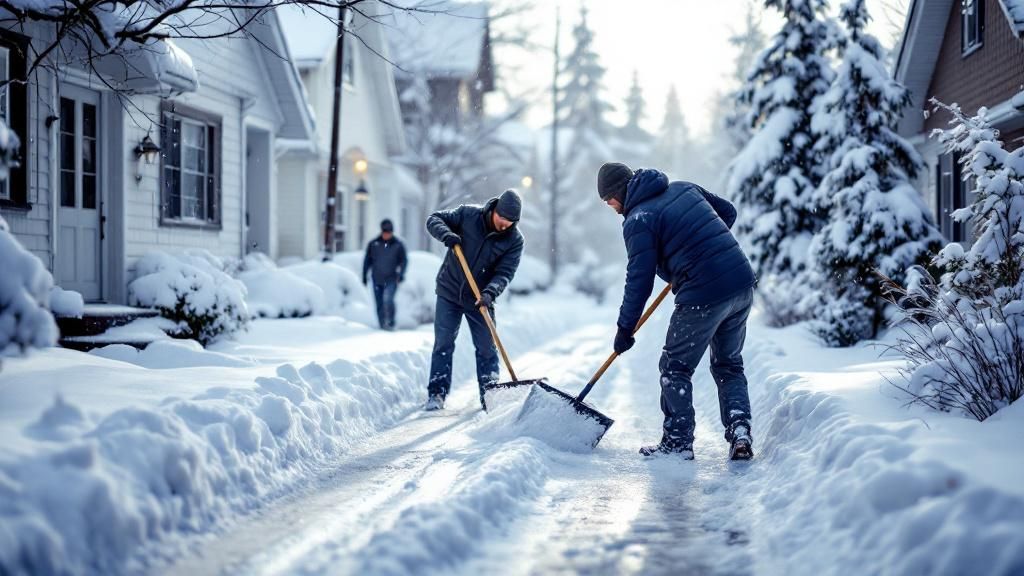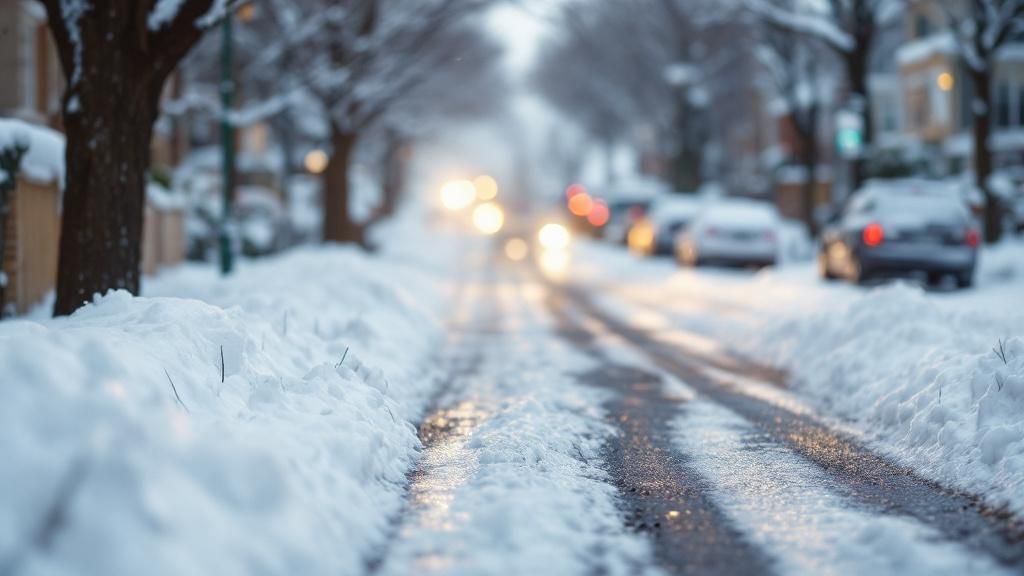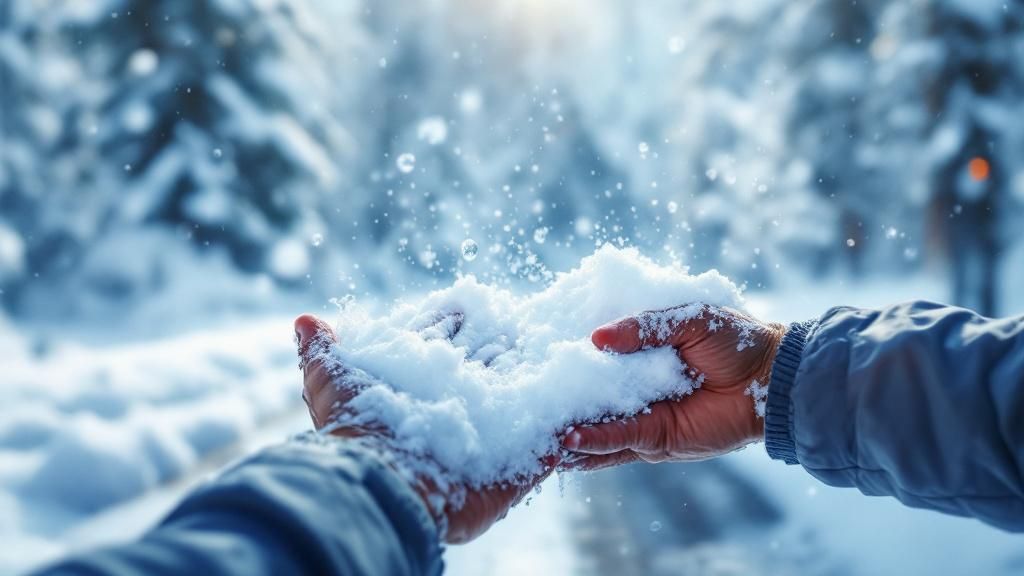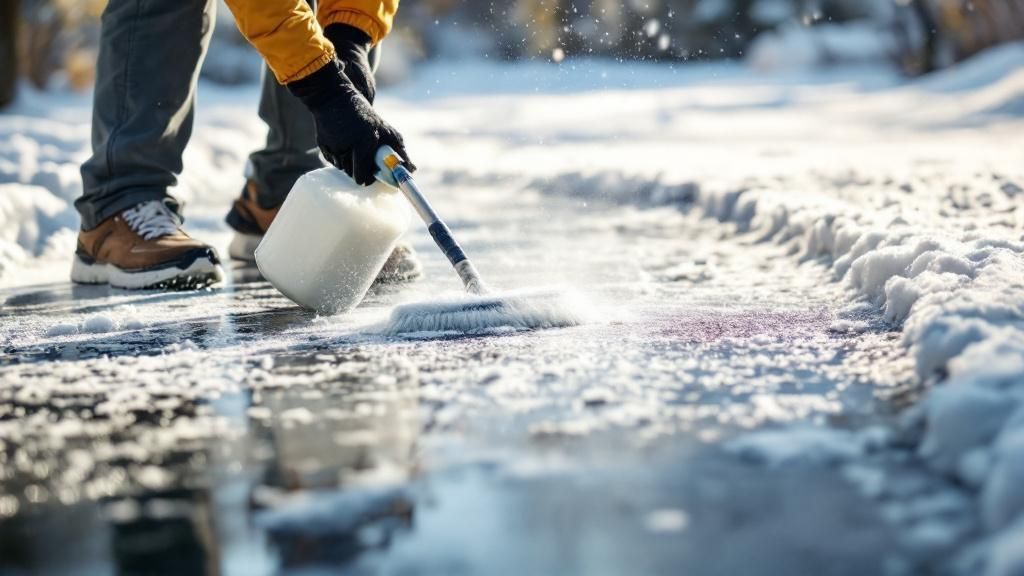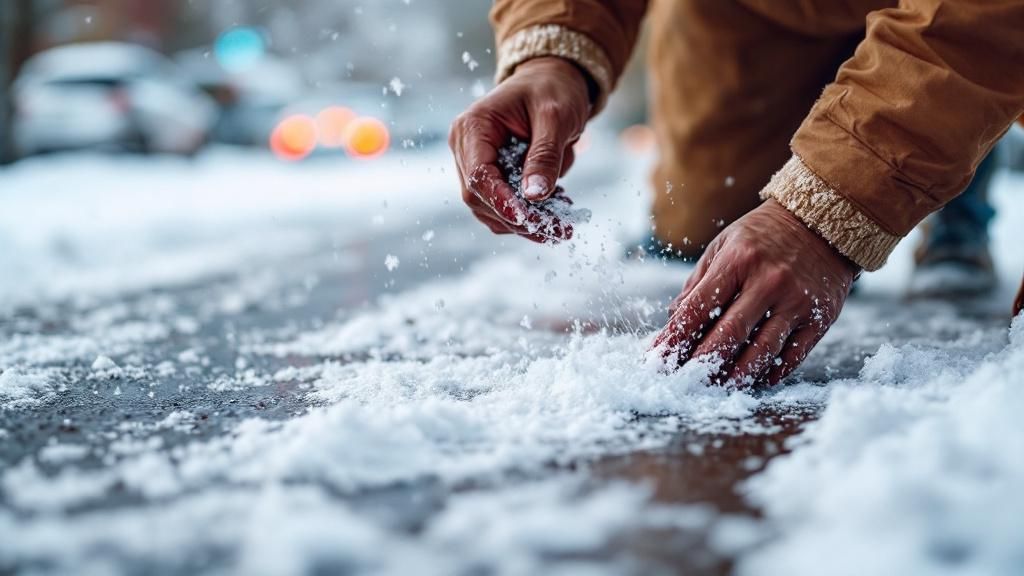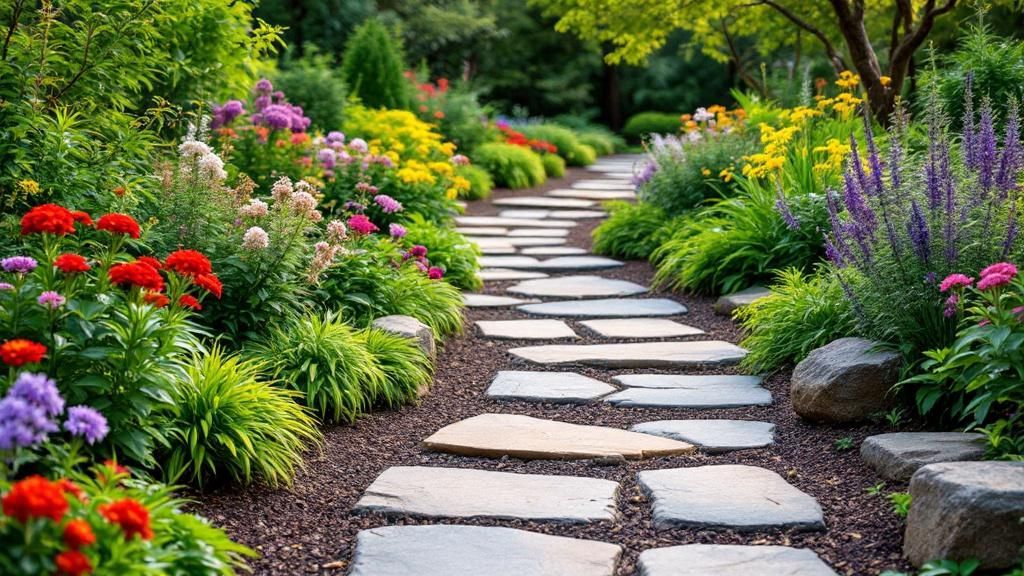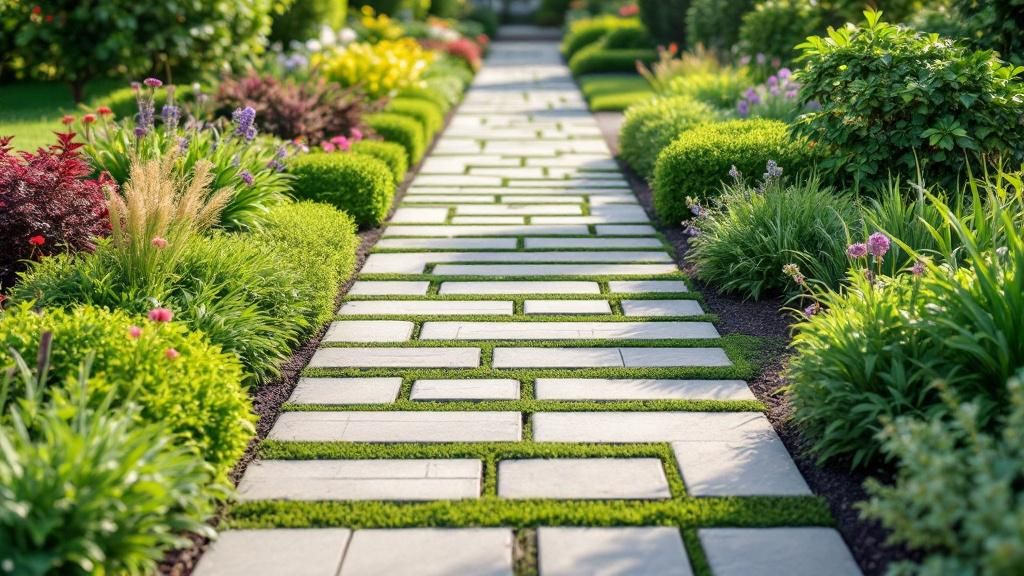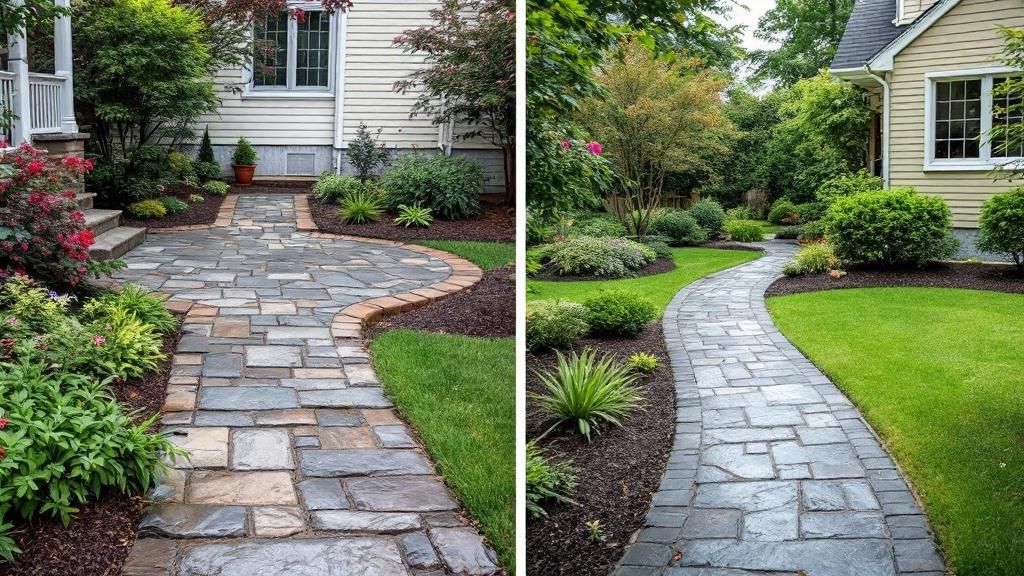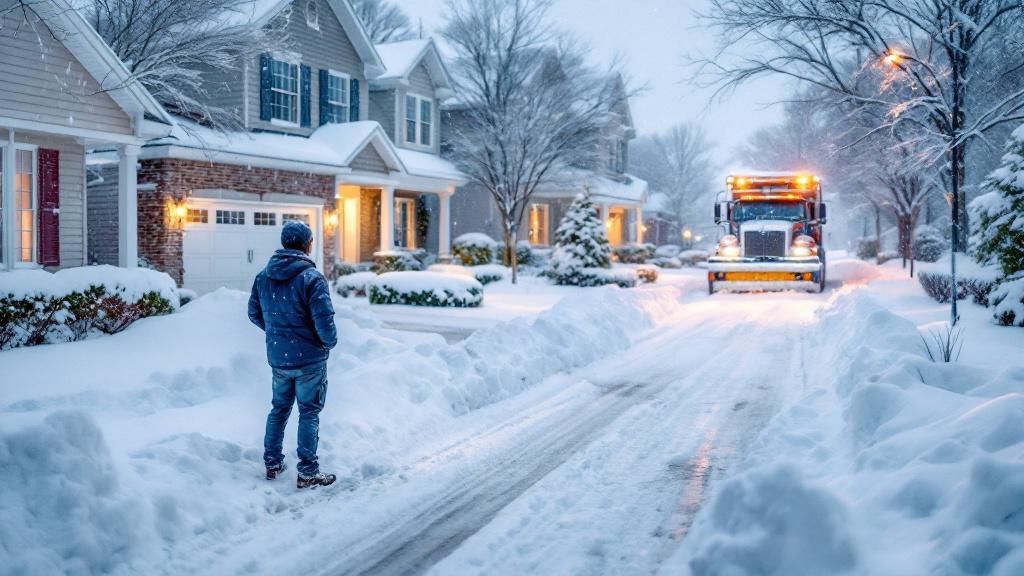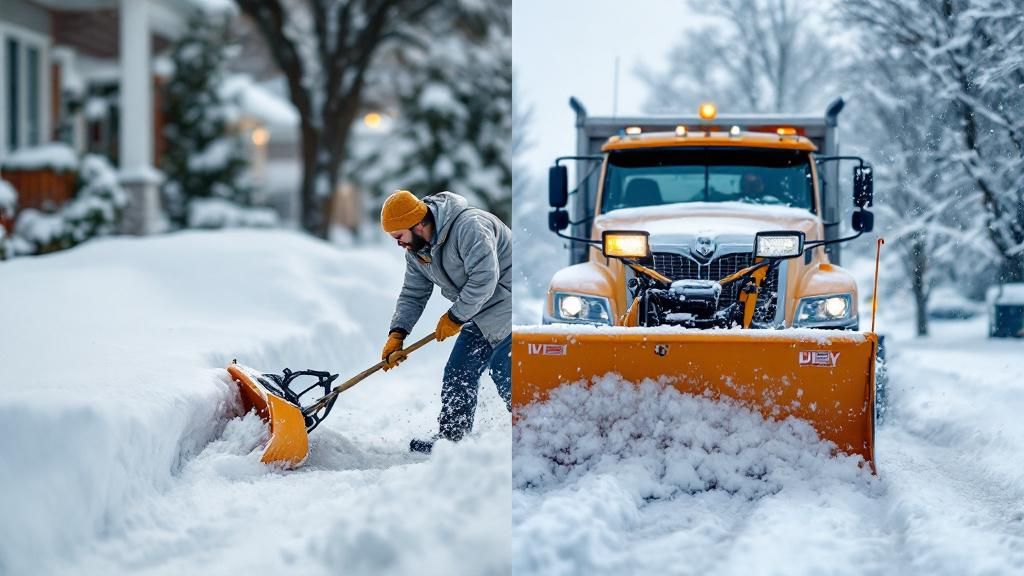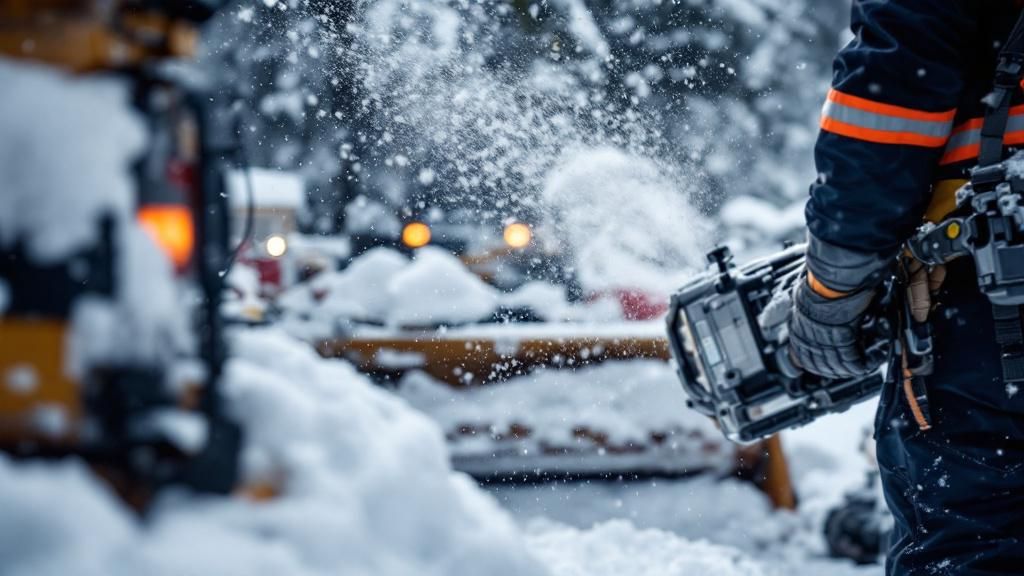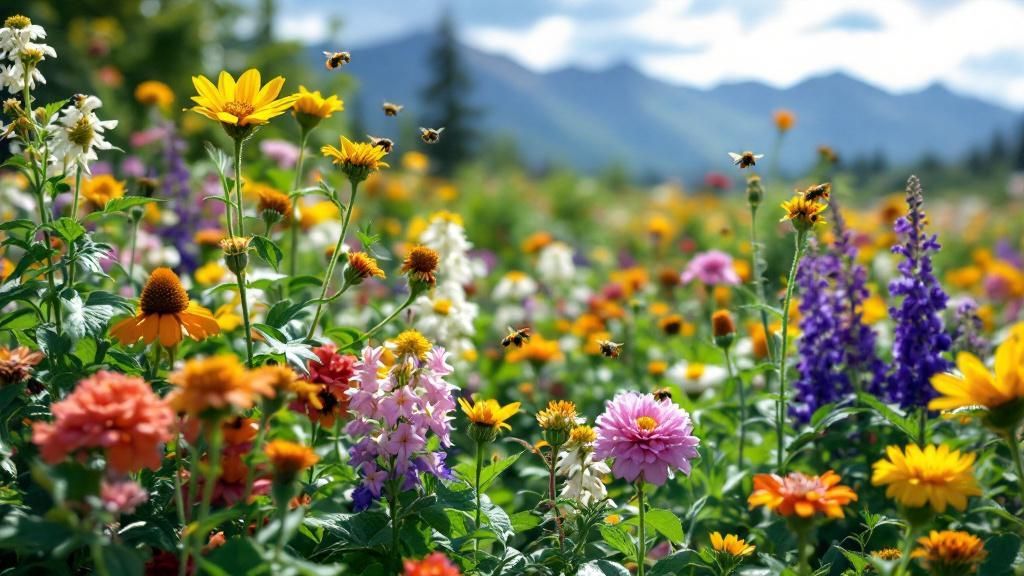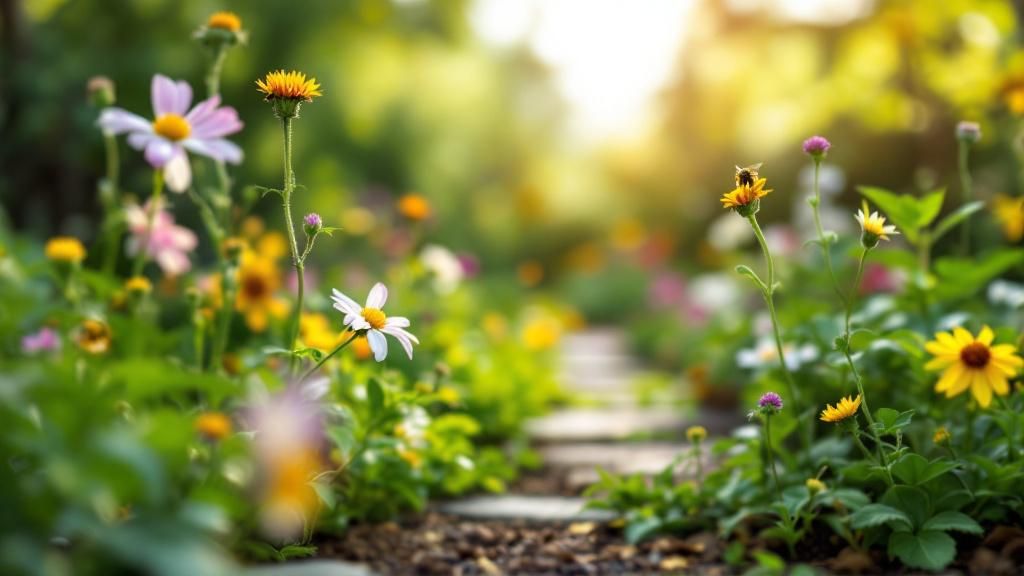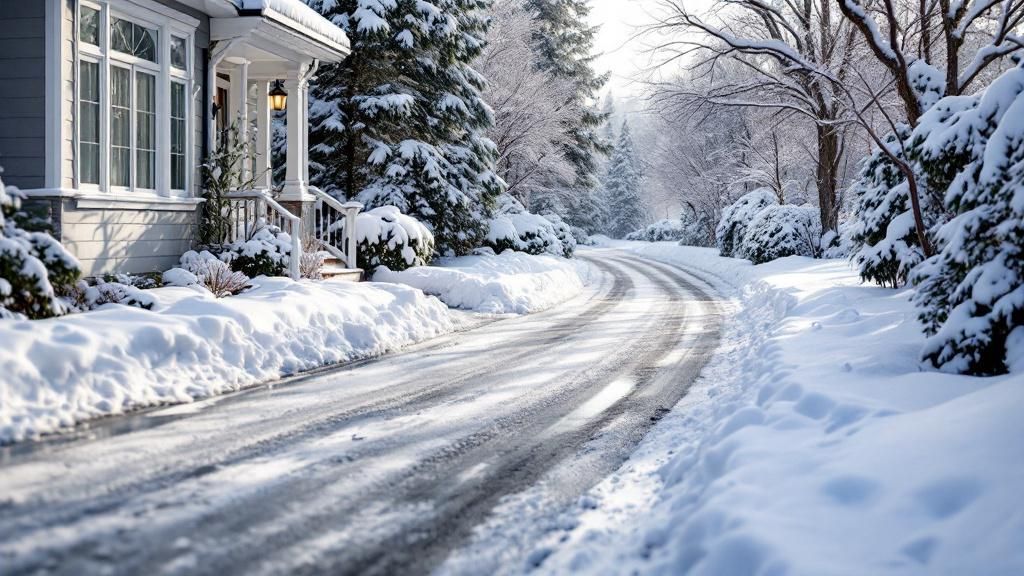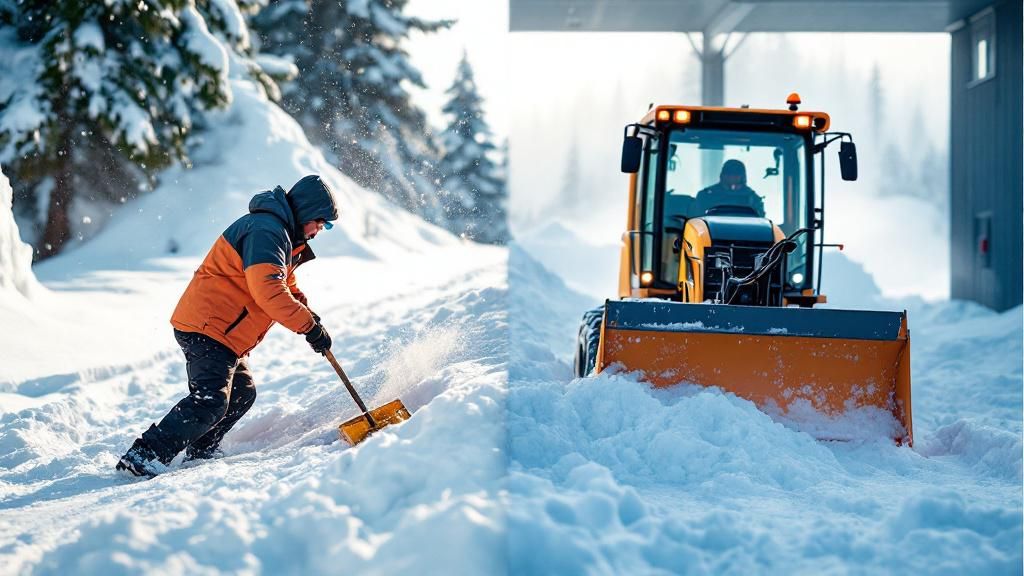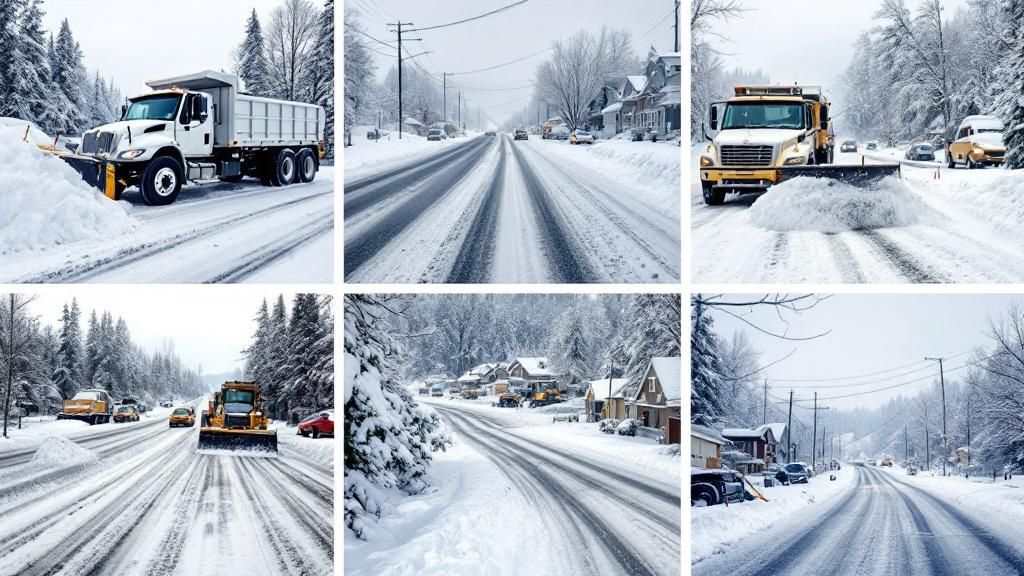Seasonal Landscaping Guide for Anchorage Homeowners
Key Takeaways
-
Anchorage’s subarctic climate requires landscaping strategies tailored to each season.
-
Professional landscaping services ensure plant selection, soil preparation, and installation meet local conditions.
-
Winter preparation is essential to protect plants and structures from heavy snow and freezing temperatures.
-
Spring and summer are prime times for planting, watering, and pest control, while fall focuses on pruning and preparation.
-
Hiring experts ensures optimal results, compliance with municipal codes, and year-round curb appeal.
Landscaping in Anchorage is as much about planning for harsh winters as it is about enjoying the short but vibrant growing season. While do-it-yourself projects can be tempting, the unique challenges of Alaska’s climate demand the precision, expertise, and resources that only professional landscapers can provide. From selecting hardy plants to designing drainage solutions that withstand freeze-thaw cycles, professionals ensure your outdoor space remains beautiful and functional throughout the year.
Understanding Anchorage’s Unique Climate
Anchorage’s environment is shaped by long winters, short summers, and unpredictable freeze-thaw cycles. This combination can damage plant roots, heave pathways, and stress even the most resilient landscaping materials.
Professional landscapers factor in:
-
Snow Load – Designing features and plantings to bear the weight of heavy snow without collapsing.
-
Drainage Challenges – Managing water flow during spring melts to prevent pooling and erosion.
-
Soil Composition – Amending sandy or silty soils with nutrients to promote strong root systems.
By addressing these factors at the design stage, experts prevent costly repairs and plant losses.
Seasonal Landscaping Strategies
Winter: Protection and Planning
While much of the landscape is dormant, winter is not a time to ignore your yard. Professionals focus on:
-
Wrapping delicate shrubs to shield them from windburn.
-
Installing snow fences to prevent drifts in sensitive areas.
-
Monitoring hardscapes for ice buildup that could cause structural damage.
Snow management is a critical winter service in Anchorage. Without proper removal techniques, heavy accumulation can damage retaining walls, decks, and walkways.
Spring: Renewal and Planting
As the ground thaws, professional landscapers jump into action:
-
Soil Preparation – Testing pH, adding compost, and ensuring optimal nutrient balance.
-
Plant Selection – Choosing cold-hardy perennials, like fireweed and lupine, and frost-tolerant vegetables such as kohlrabi.
-
Lawn Care – Overseeding bare patches and aerating compacted soil to encourage growth.
Spring is also prime time for installing irrigation systems, ensuring plants receive consistent water throughout the season.
Summer: Maintenance and Growth
Summer in Anchorage is short but intense, making consistent upkeep essential:
-
Water Management – Implementing drip irrigation or timed sprinkler systems to reduce waste.
-
Pest Control – Addressing local threats such as root maggots before they damage crops.
-
Edging and Pruning – Keeping borders neat and shaping shrubs for optimal growth.
With professional oversight, your yard will stay lush and healthy without the stress of constant monitoring.
Fall: Preparation for the Cold
Autumn landscaping ensures your yard weathers the coming winter:
-
Cutting back perennials to reduce disease risk.
-
Mulching around plants to insulate roots.
-
Cleaning and storing irrigation systems to prevent freezing damage.
Fall is also an excellent time to install new hardscapes—cool temperatures make for stable, long-lasting construction.
Choosing the Right Plants for Anchorage
Professional landscapers know which species thrive in Alaska’s conditions:
-
Native Perennials – Fireweed, lupine, and wild geranium add color while supporting local pollinators.
-
Cold-Hardy Edibles – Potatoes, kale, and certain berry bushes flourish in short growing seasons.
-
Decorative Annuals – Nasturtiums, red snapdragons, and lobelia provide seasonal color and can be rotated each year.
Experts also design gardens for year-round appeal, incorporating evergreens, textured shrubs, and winterberry bushes for visual interest under snow.
Hardscaping Considerations
Beyond plants, hardscaping plays a major role in Anchorage landscapes. Professionals design walkways, retaining walls, and patios to withstand freeze-thaw cycles. Key considerations include:
-
Using frost-resistant materials.
-
Ensuring proper slope for drainage.
-
Incorporating features like heated pathways to reduce ice buildup.
Skilled installation prevents shifting, cracking, and other costly issues common in improperly built hardscapes.
Water Management Solutions
Water is both a blessing and a challenge in Anchorage. Professional landscapers implement systems to make the most of available resources while preventing damage:
-
Drip Irrigation – Direct-to-root watering reduces evaporation and keeps foliage dry, minimizing disease.
-
Rainwater Harvesting – Collecting meltwater and summer rain for later use.
-
Drainage Planning – French drains, swales, and grading to direct runoff safely away from structures.
Efficient water systems not only protect your investment but also conserve resources.
Why Professional Services Outperform DIY
While DIY landscaping might seem budget-friendly, it often leads to hidden costs:
-
Misjudged plant hardiness can result in expensive replacements.
-
Improper drainage or grading can cause erosion or flooding.
-
Incorrect hardscape installation leads to early deterioration.
Professional landscapers in Anchorage bring not only technical skill but also local experience—understanding how the climate, soil, and municipal regulations intersect. Companies like Titan have a proven track record of creating outdoor spaces that balance durability, beauty, and function.
FAQs
Q: Can landscaping services work year-round in Anchorage?
Yes. Services adapt with the seasons—snow removal in winter, planting in spring, maintenance in summer, and preparation in fall.
Q: What’s the most low-maintenance option for Anchorage yards?
A mix of native perennials, hardy shrubs, and durable hardscapes reduces upkeep while maintaining visual appeal.
Q: How do professionals ensure plant survival over winter?
By selecting climate-appropriate species, applying protective mulch, and using windbreaks or coverings.
Q: When is the best time to start a new landscaping project?
Late spring to early summer allows for maximum growth before winter dormancy.
Conclusion
Landscaping in Anchorage requires more than a green thumb—it demands a deep understanding of local conditions, precise planning, and high-quality execution. Professional services ensure every element of your yard is built to withstand Alaska’s toughest weather while maximizing its beauty year-round. With expert care, your outdoor space becomes not only a personal retreat but also a lasting investment in your home’s value and curb appeal.
